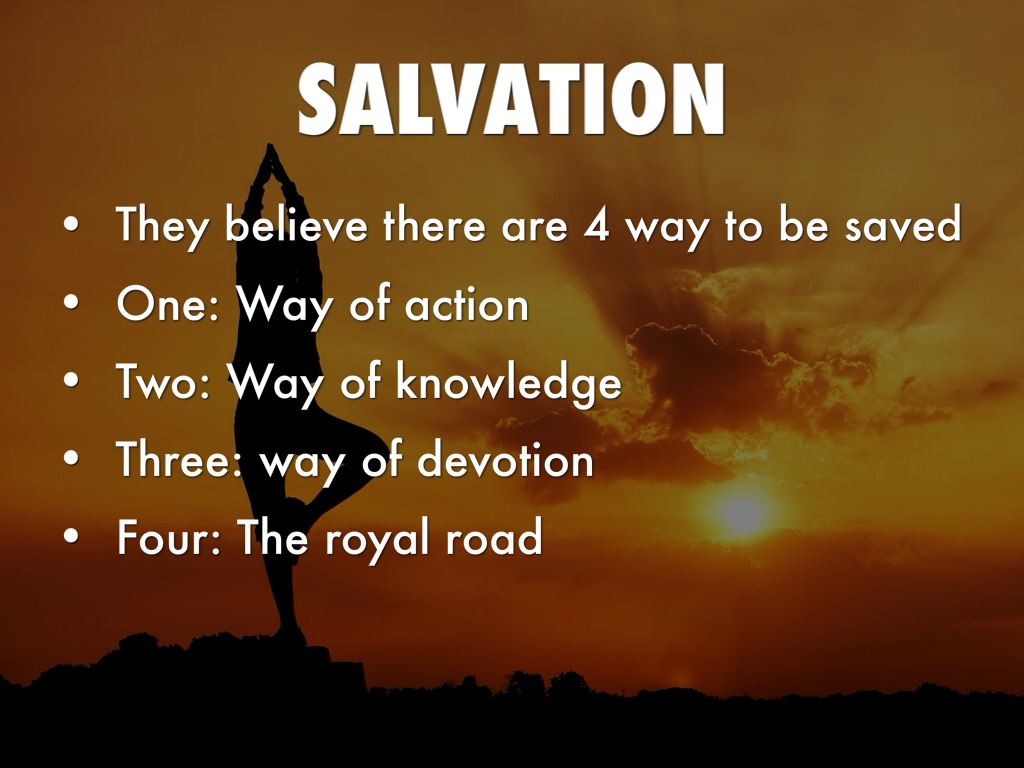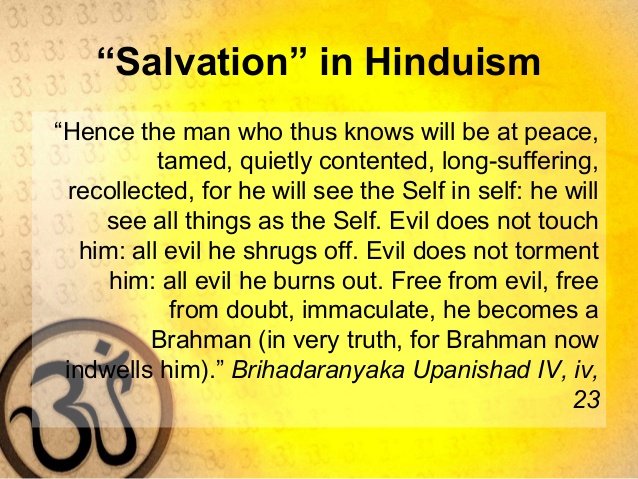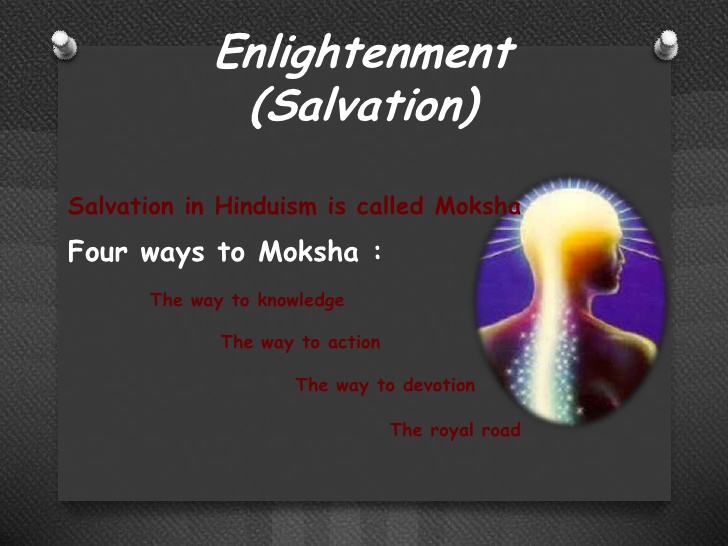Salvation in Eastern Philosophy : The Mystery of Life and Death
Salvation in Eastern Philosophy, In Eastern philosophy, salvation is considered the highest place. But many people are confused about what is salvation and what is called salvation. Salvation is found in life or only after death. What happens after salvation and what happens when salvation is not achieved? That may be the subject of many inquiries.
Eastern philosophy has interpreted salvation in different ways. Eastern philosophy has six atheists (those who believe in the Vedas) and three atheists (those who do not believe in the Vedas). Some of these philosophies say that salvation is found in life, while others believe that one has to wait until death.

Salvation in Eastern Philosophy
The state of salvation is the state of long-term happiness. There is a classical belief that whatever good deeds a person does, he does for the sake of salvation. But what Salvation in Eastern Philosophy? In Eastern philosophy, there are separate branches of opinion. Among them, the state of salvation in the main philosophy is explained as follows.
Sankhya-yoga : Salvation in Eastern Philosophy
In Sankhya and Yoga philosophy, salvation means getting rid of three types of sorrows. The three types of suffering are physical (snake bites, dog bites, accidents, etc.), metaphysical (erosion, floods, landslides, etc.) and spiritual (anxiety, stress, restlessness, etc.). The main reason for bondage is irrationality. Purusha (Parabrahma Paramatma) is different from nature and its perversion. But the ignorant man remembers it as his own form. When people think of perversion as their own form, it causes misery, people go through a cycle of birth and death. Must Read
Moksha, on the other hand, means that man has knowledge of his true nature. In this way, if we come to know the true nature of the soul, then the cycle of birth and death and the cessation of sorrow will come together. The attainment of this rational knowledge is possible through the practice of yoga. According to Sankhya philosophy, there are three types of Kaivalya (salvation), only extreme retirement. There is a formula in Sanskrit about this – Atyantiko Duskhatryabhav: Kaivalyam.

Salvation in Eastern Philosophy
Justice-specific : Salvation in Eastern Philosophy
In special justice, salvation is also called upvarga and even nisreyas. Justice and special philosophy is the state of salvation or extreme cessation of suffering. Maharshi Gautam says – Tadatyantavimoksokpavargas. But in the special philosophy of justice, the state of joy of salvation is not considered. According to special justice, the soul is said to be unconscious in the state of salvation. Because consciousness is a newcomer to the soul. Consciousness in the soul comes when the soul is related to the body. In the state of salvation, the soul is separated from the body.
Therefore the state of salvation is the unconscious state. In the special philosophy of justice, the ultimate indulgence is attained only after death. Justice and special philosophy have given priority only to liberation from separation. The salvation of life, that is, the salvation of the living, is believed to have been attained by Mahatma Buddha, Shankaracharya, etc. Sankhya and Yoga philosophy have also agreed on this salvation of life. Achieving such salvation is possible only through philosophy, which requires the practice of hearing and meditation.

Salvation in Eastern Philosophy
Salvation in Advaita Vedanta
Even in Shankaracharya’s Advaita Vedanta, the attainment of salvation is the ultimate goal of life. Shankaracharya considers the soul and spirit to be unique. The soul is the spirit. Therefore spiritually he is completely free from sorrow. But ignorantly forgetting his form, he continues to travel in the cycle of happiness and sorrow. Therefore, according to Shankaracharya, salvation means that the soul exists in its true form.
Due to ignorance or ignorance, the living entity suffers by forgetting its true spiritual form. Salvation from this ignorance is salvation – Avidya: Nivriti: and Moksha: Shankaracharya accepts these two forms of salvation by liberating life and liberating Videha. Gaining knowledge while living is the salvation of life. Death salvation is available after death. The path to salvation is the path of Gyan Yoga. Knowledge and salvation: That is, salvation is achieved through knowledge. According to Shankaracharya, the soul is actually a free thing. Moksha attainment is the state of self-knowledge.
Danuwar : Indigenous Inhabitants In Nepal with Mongolian Origin
Comment Here!